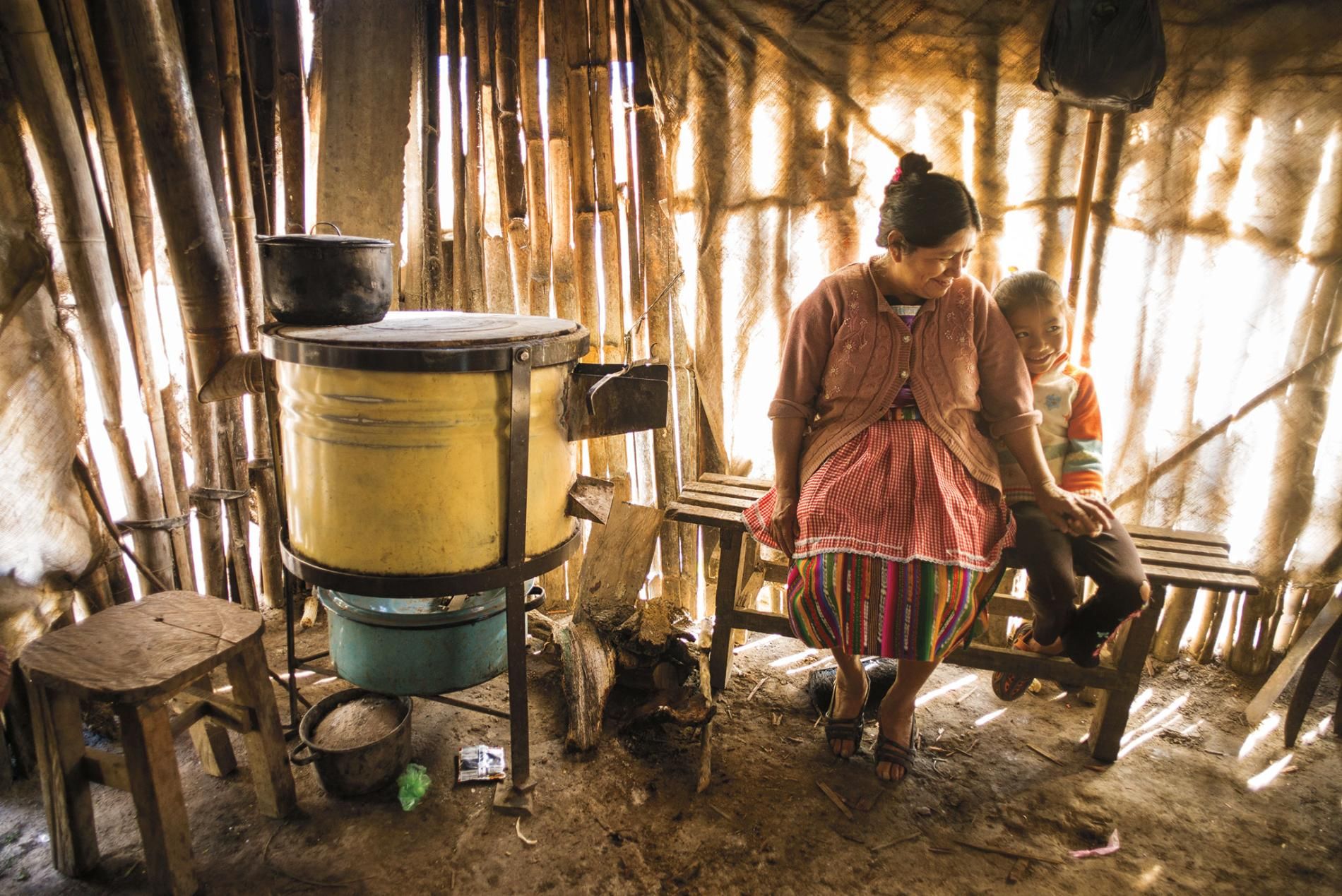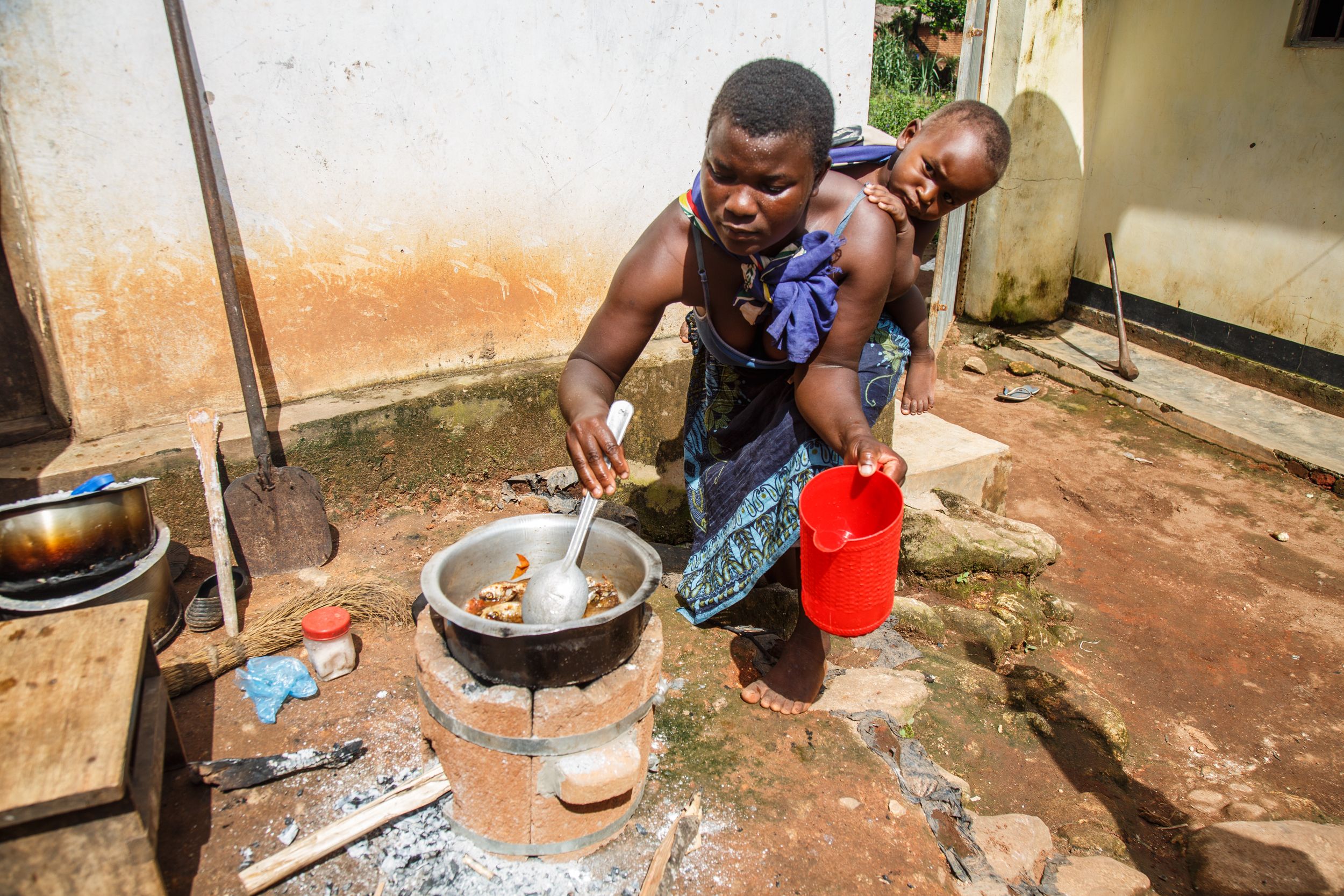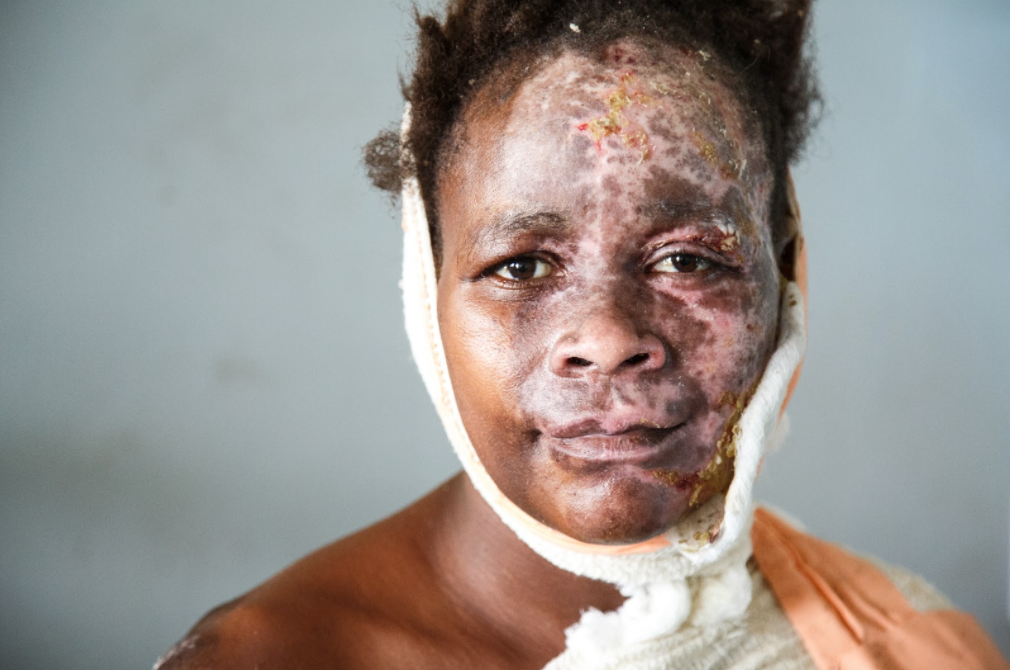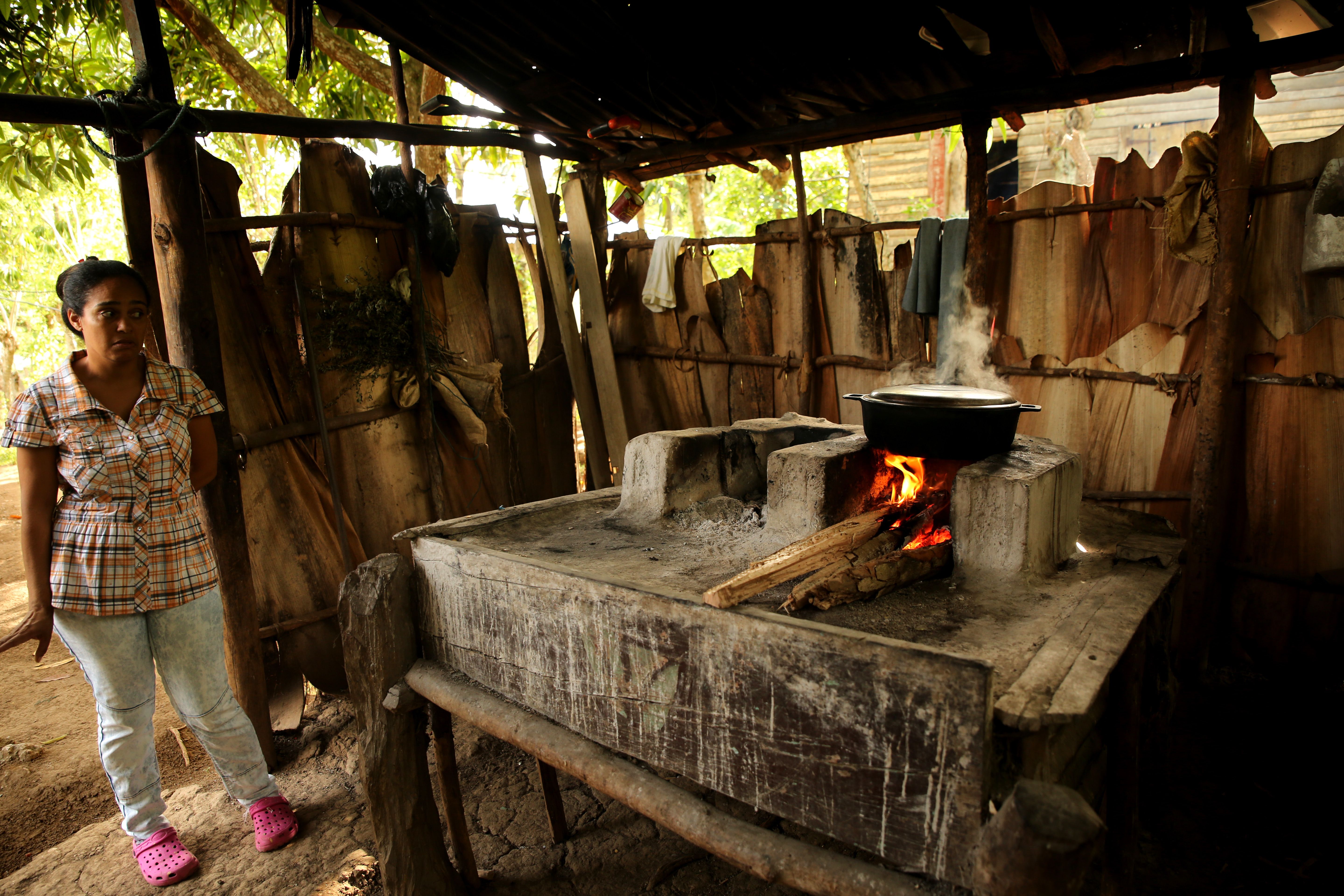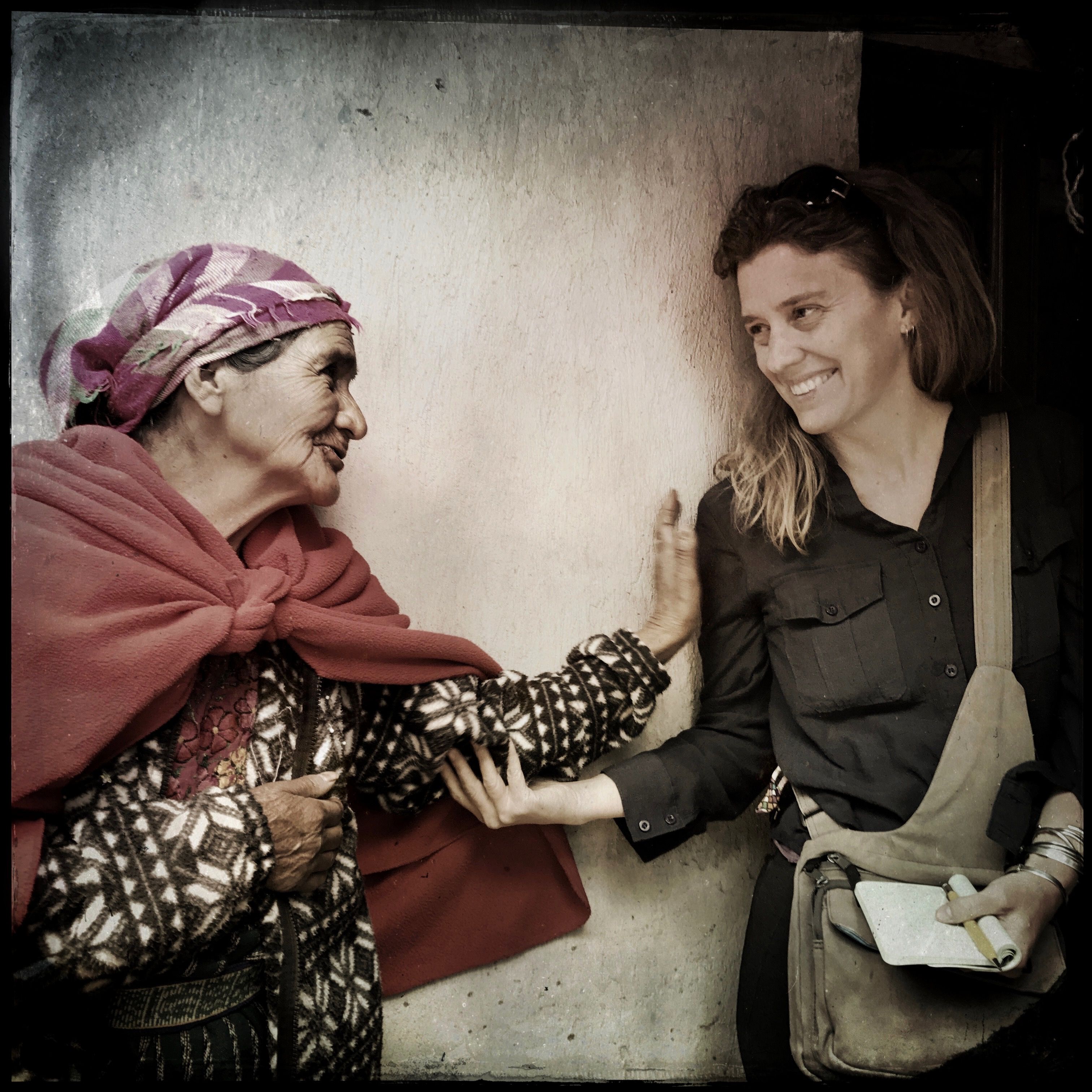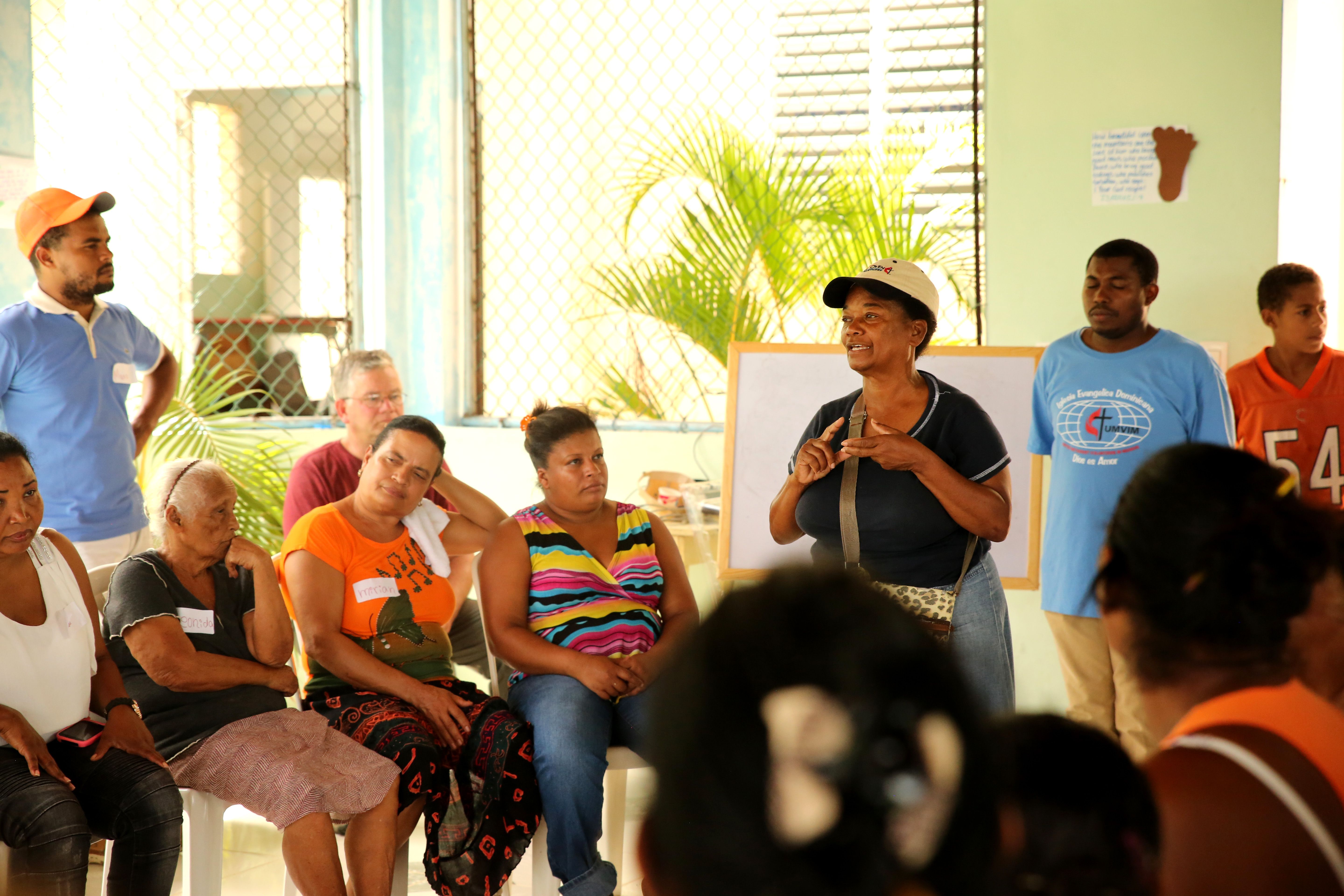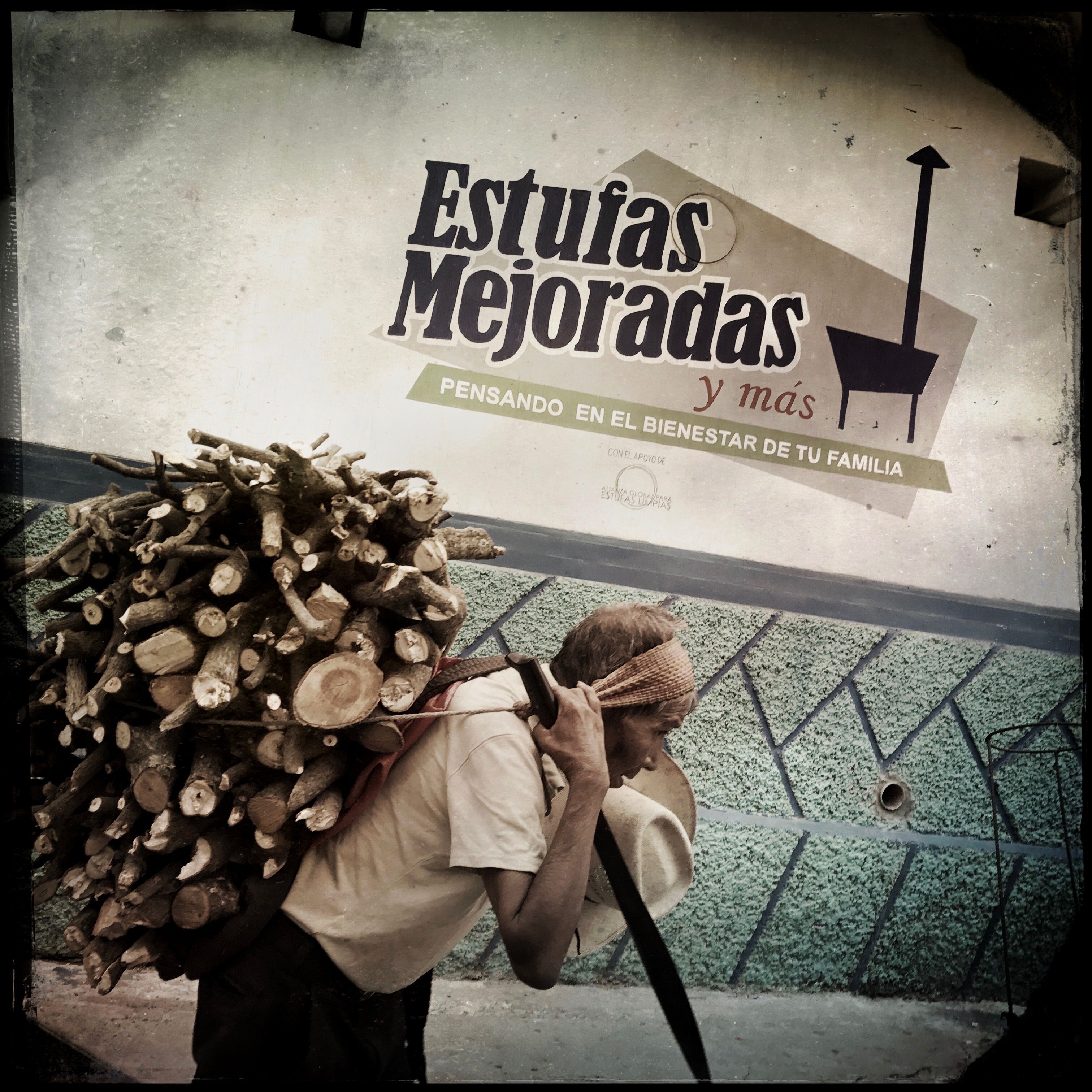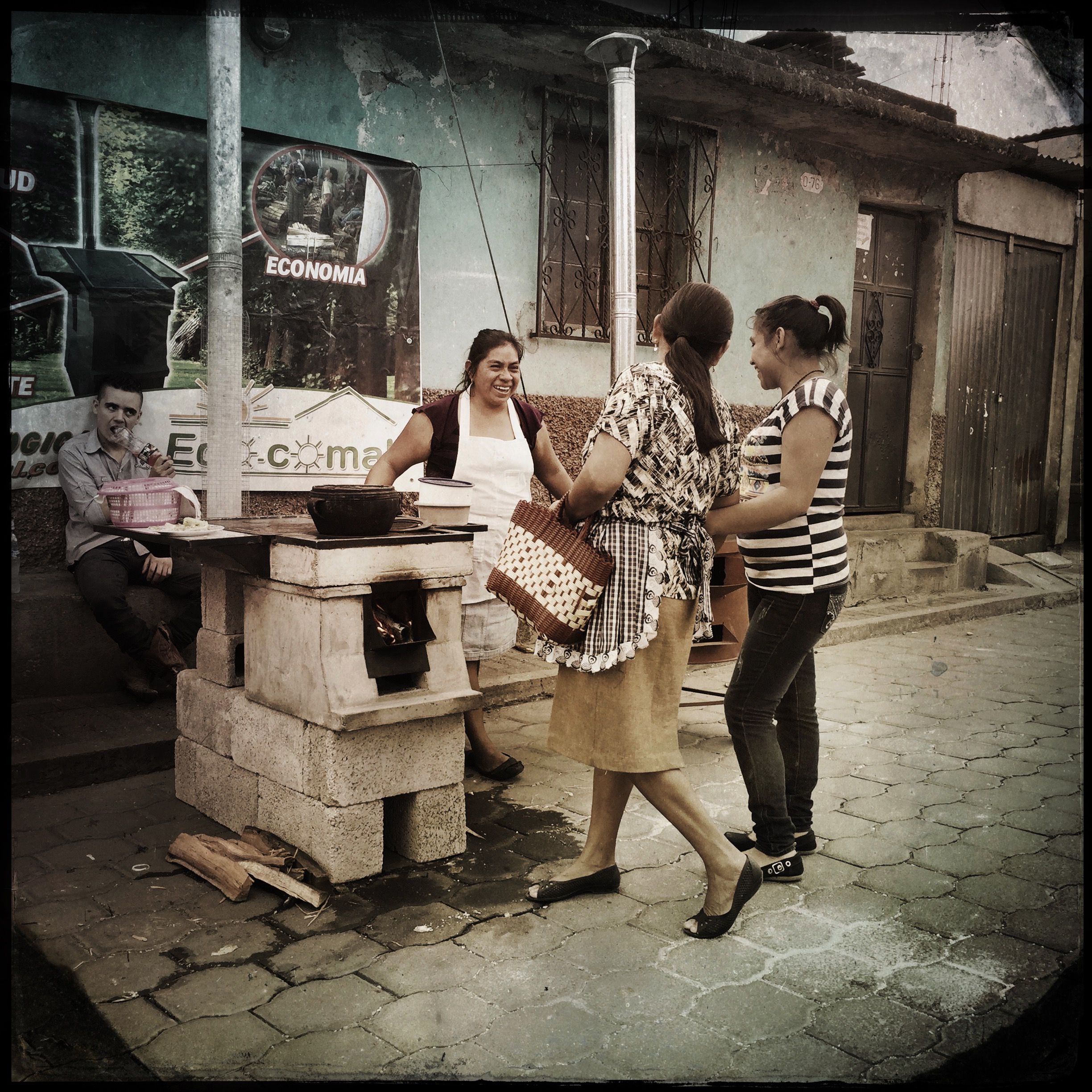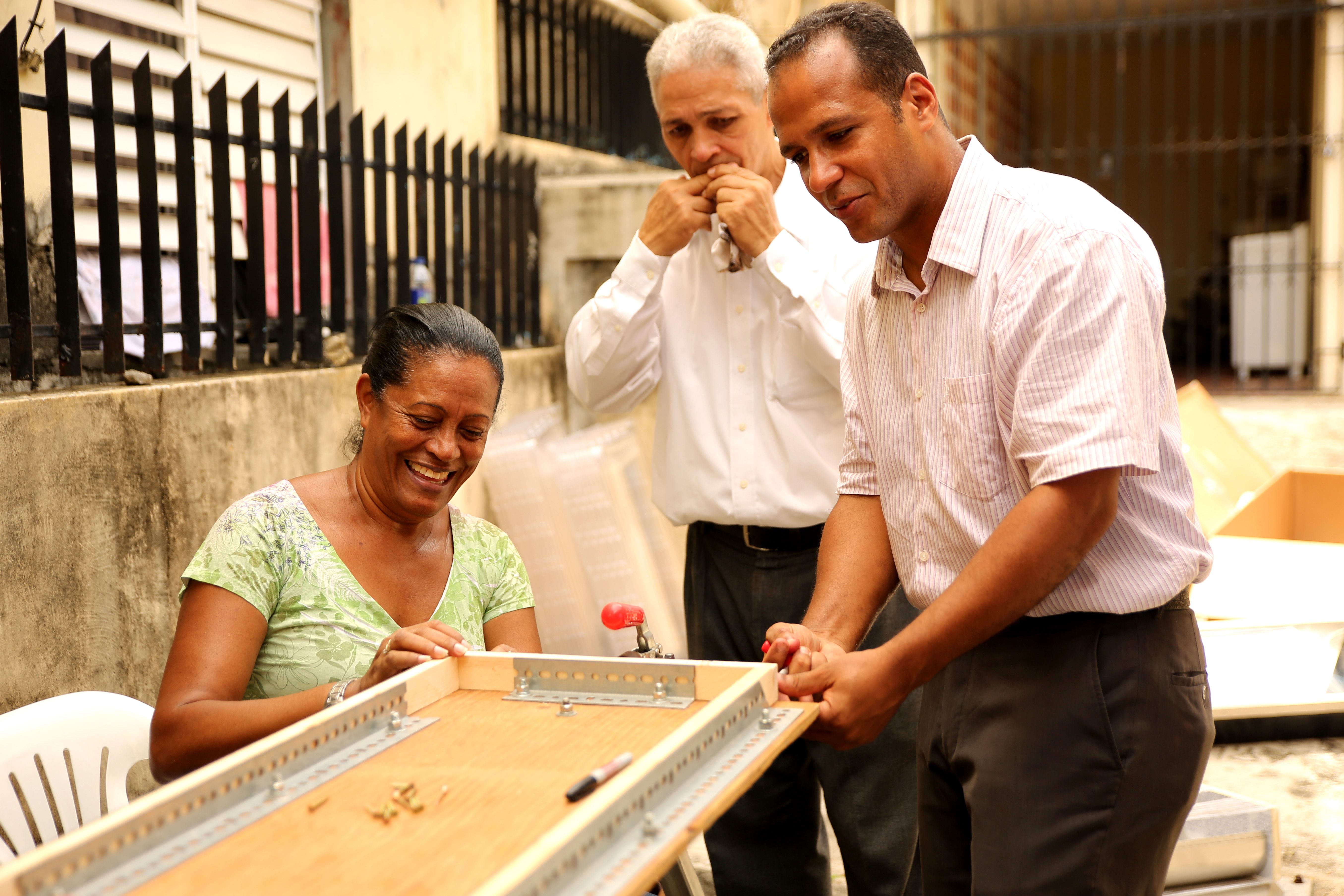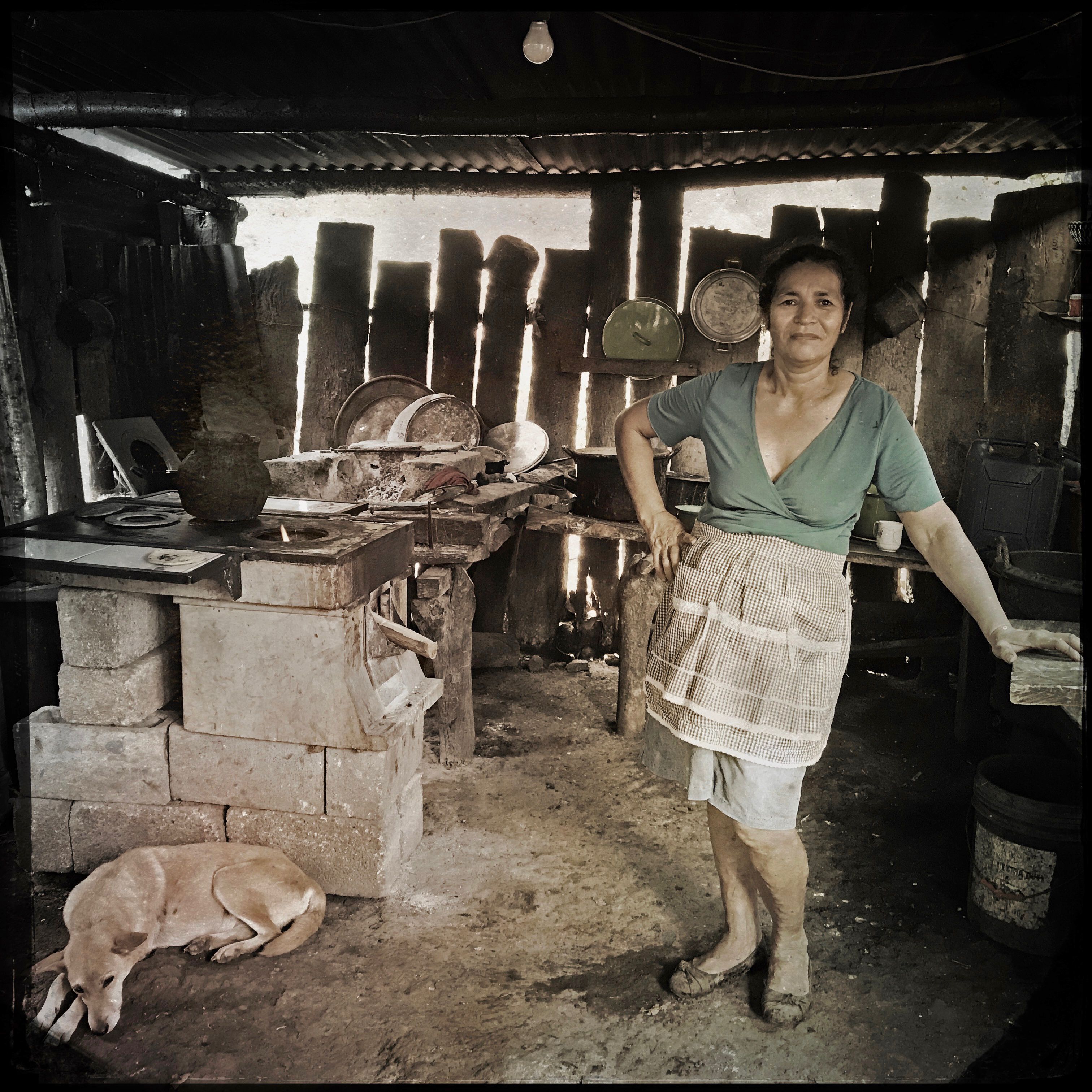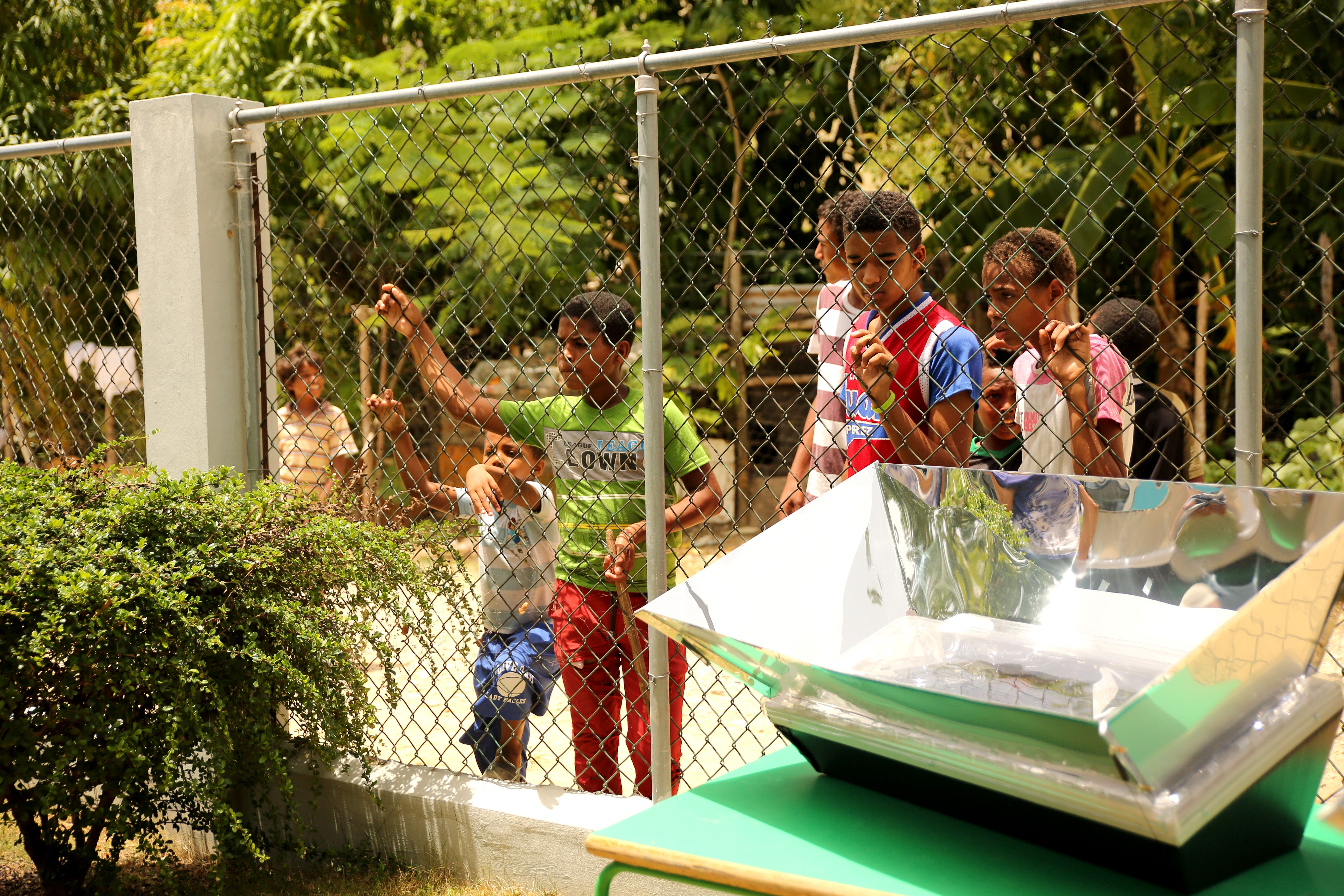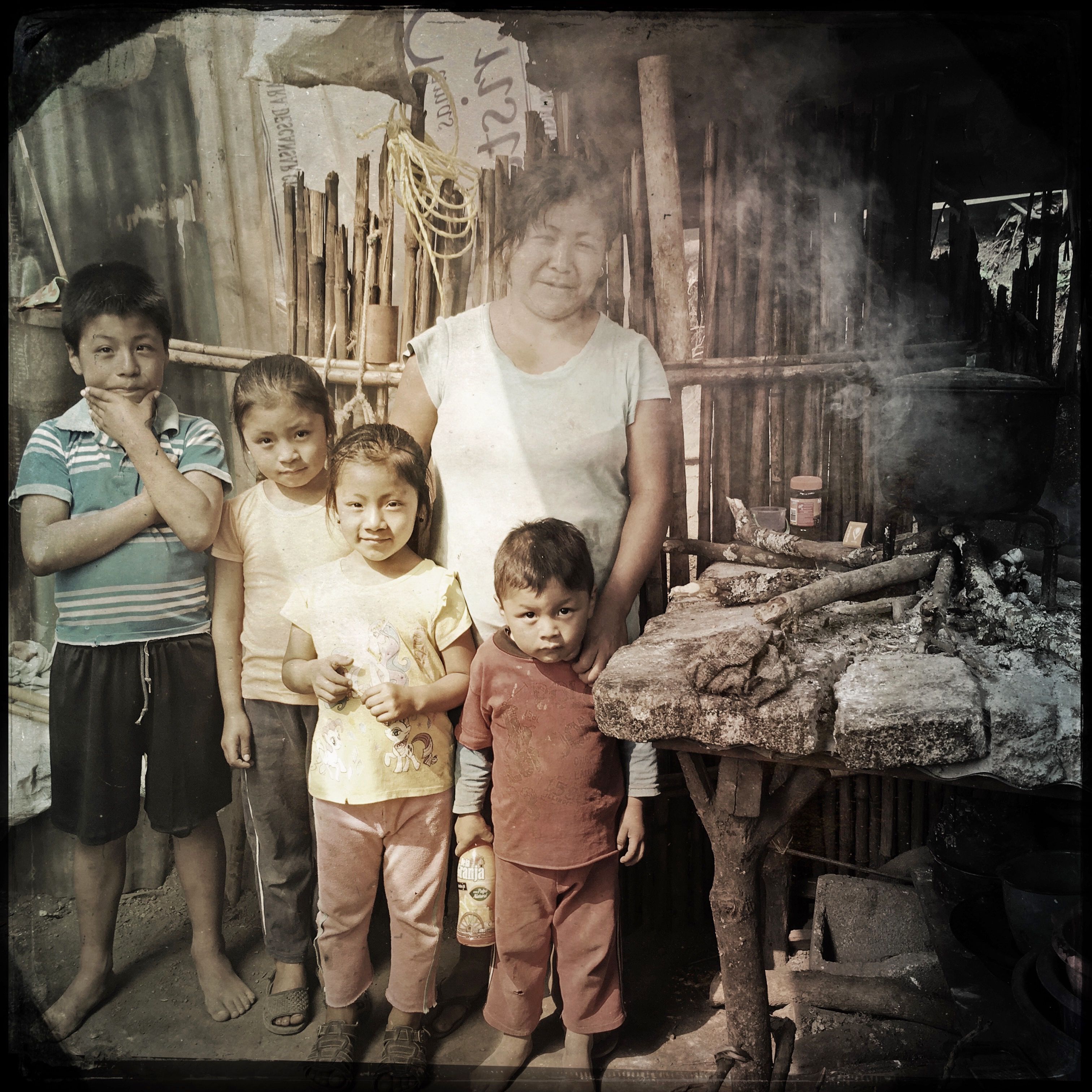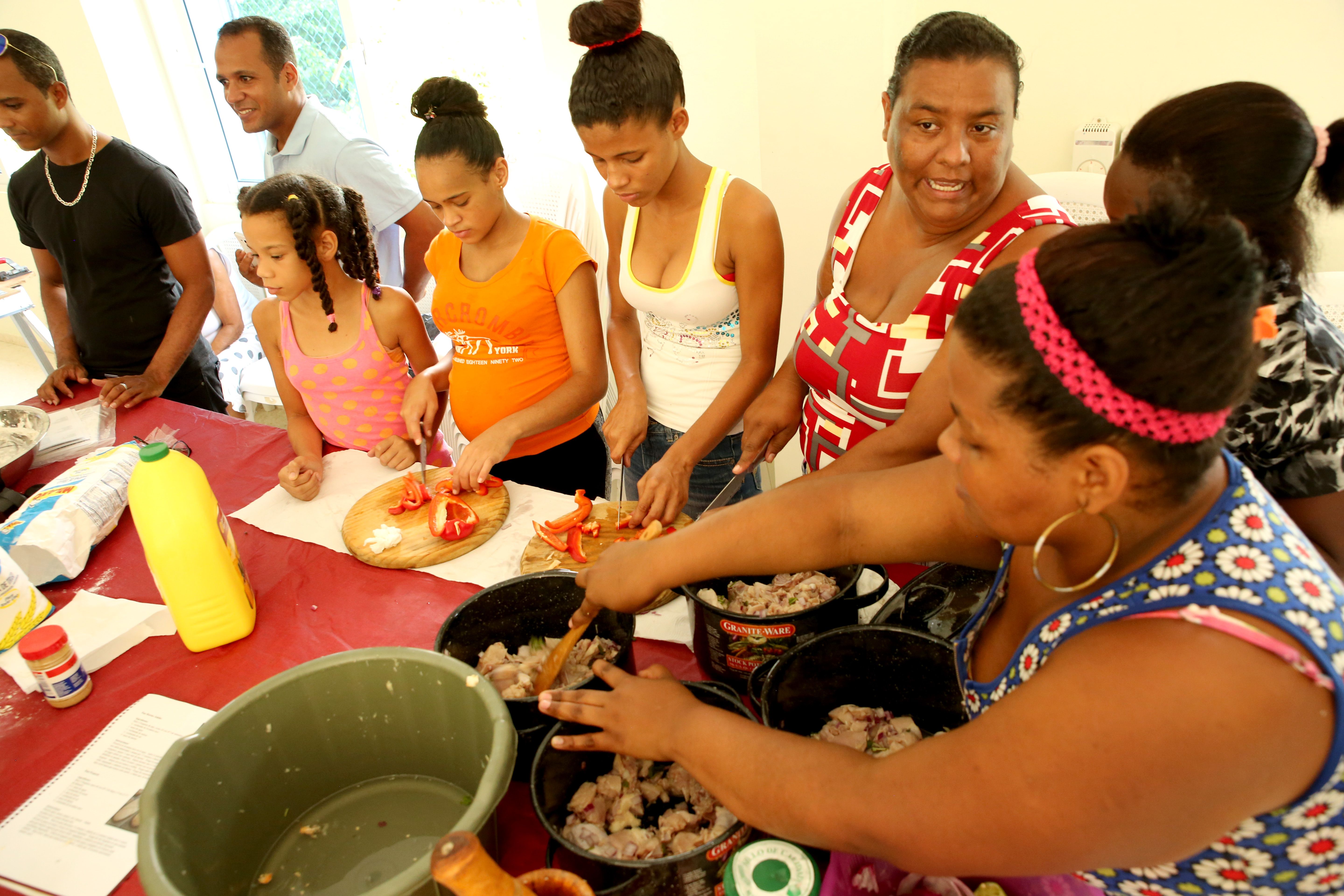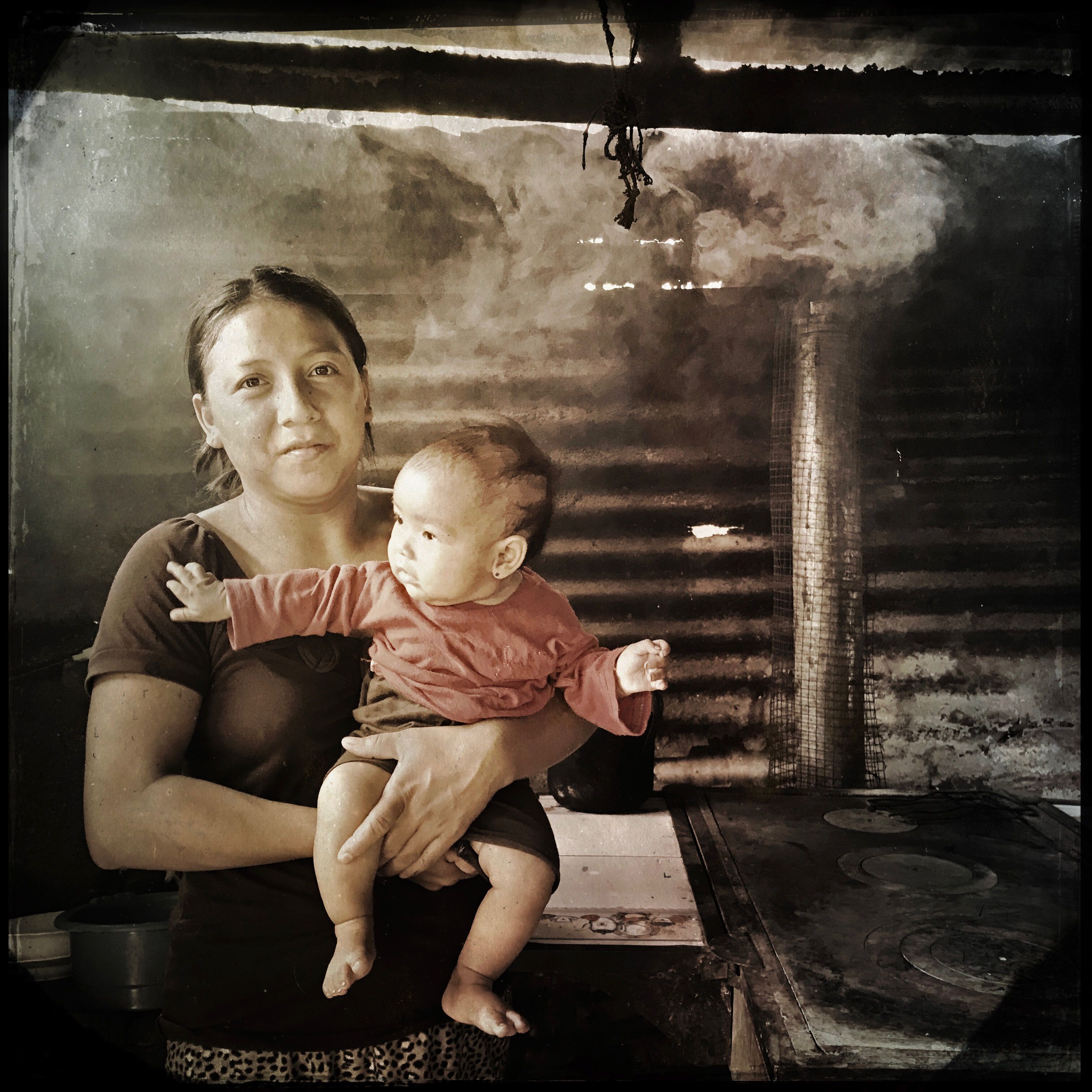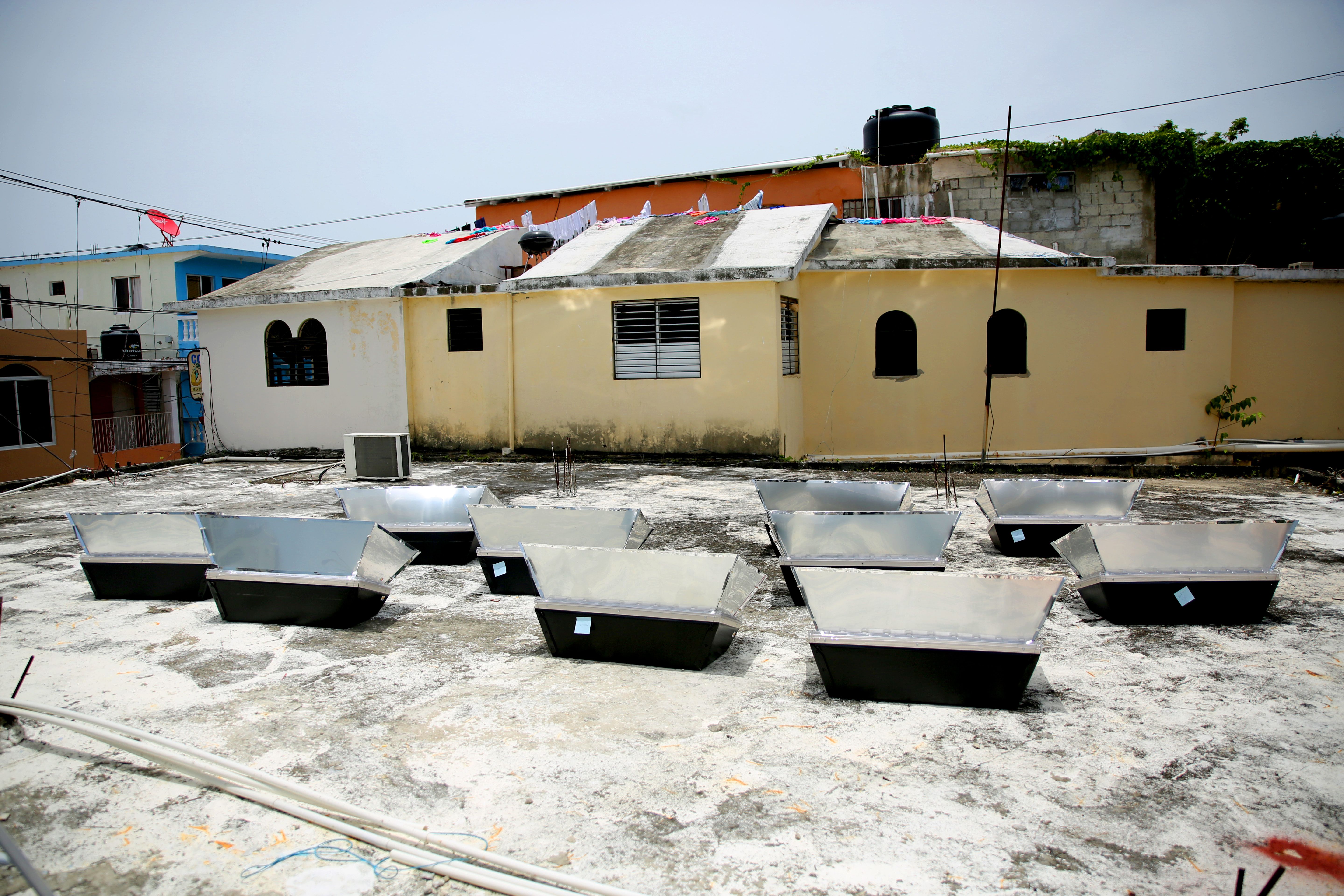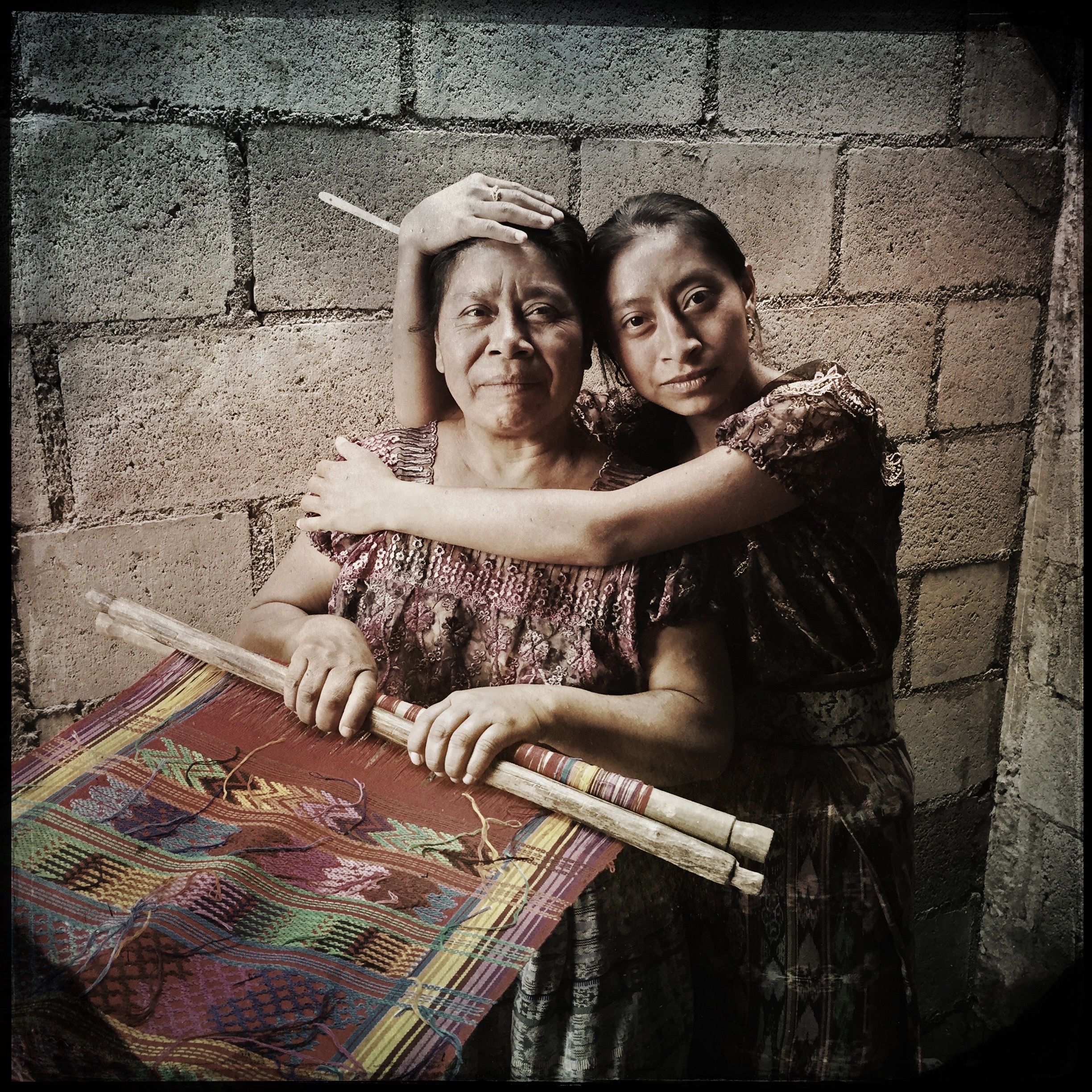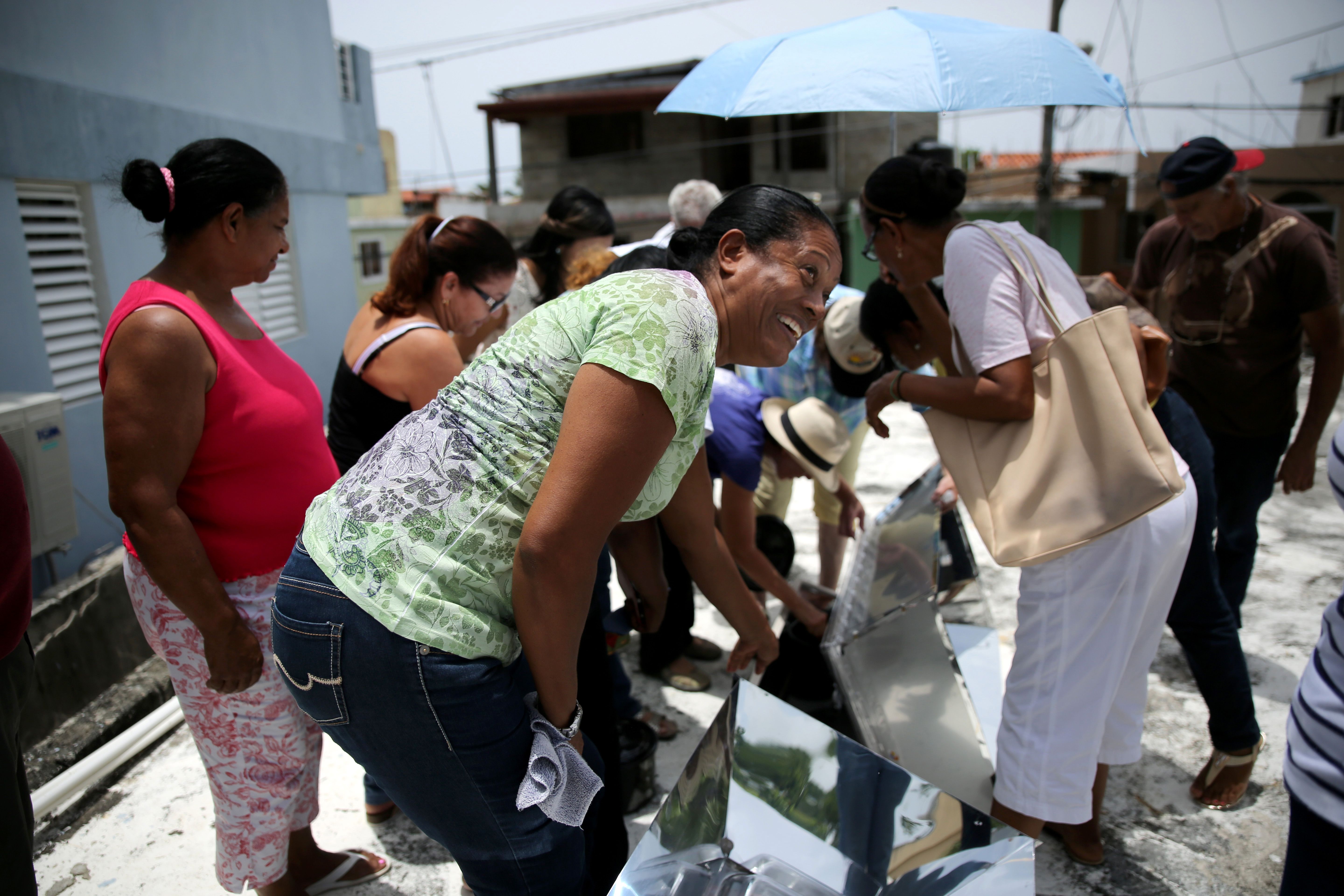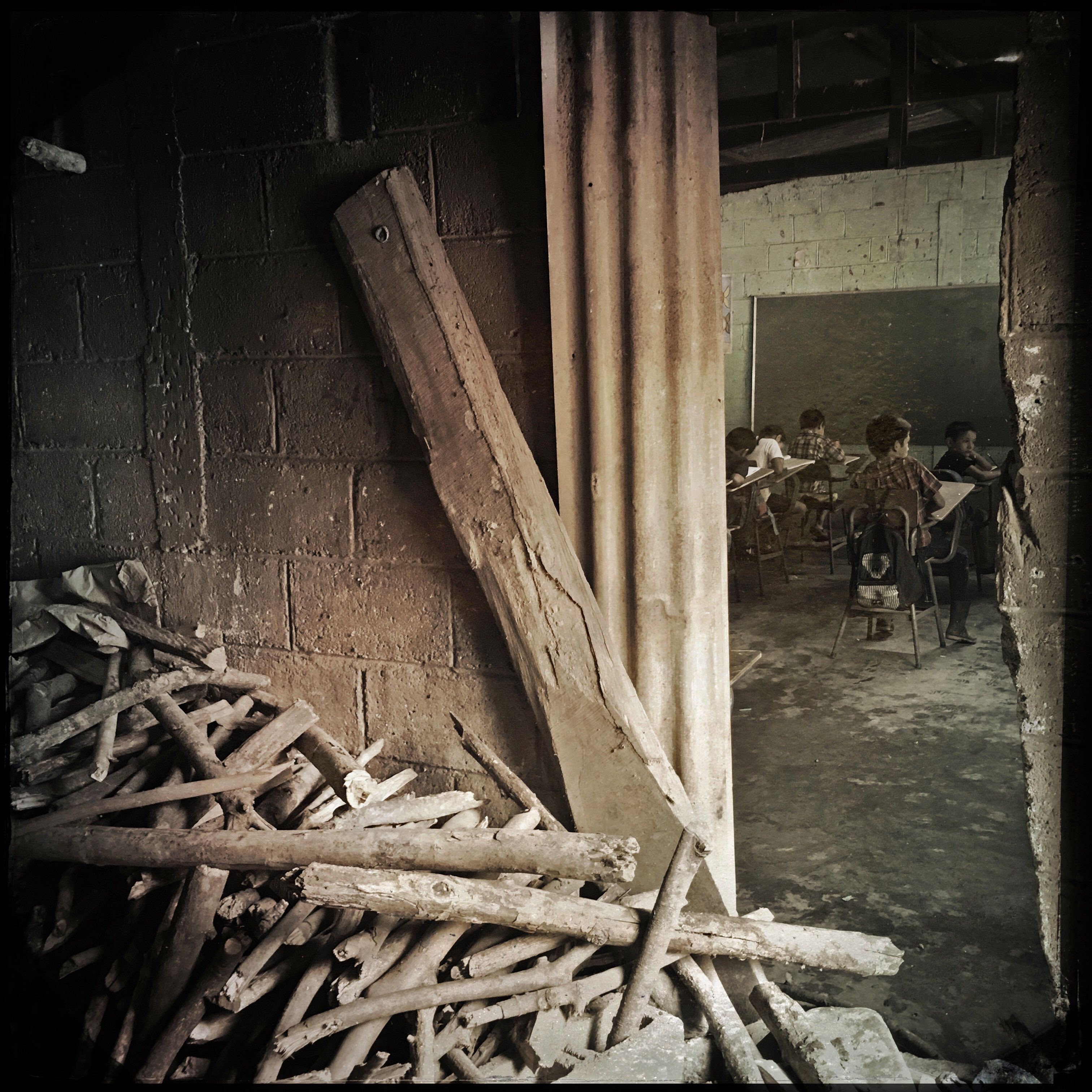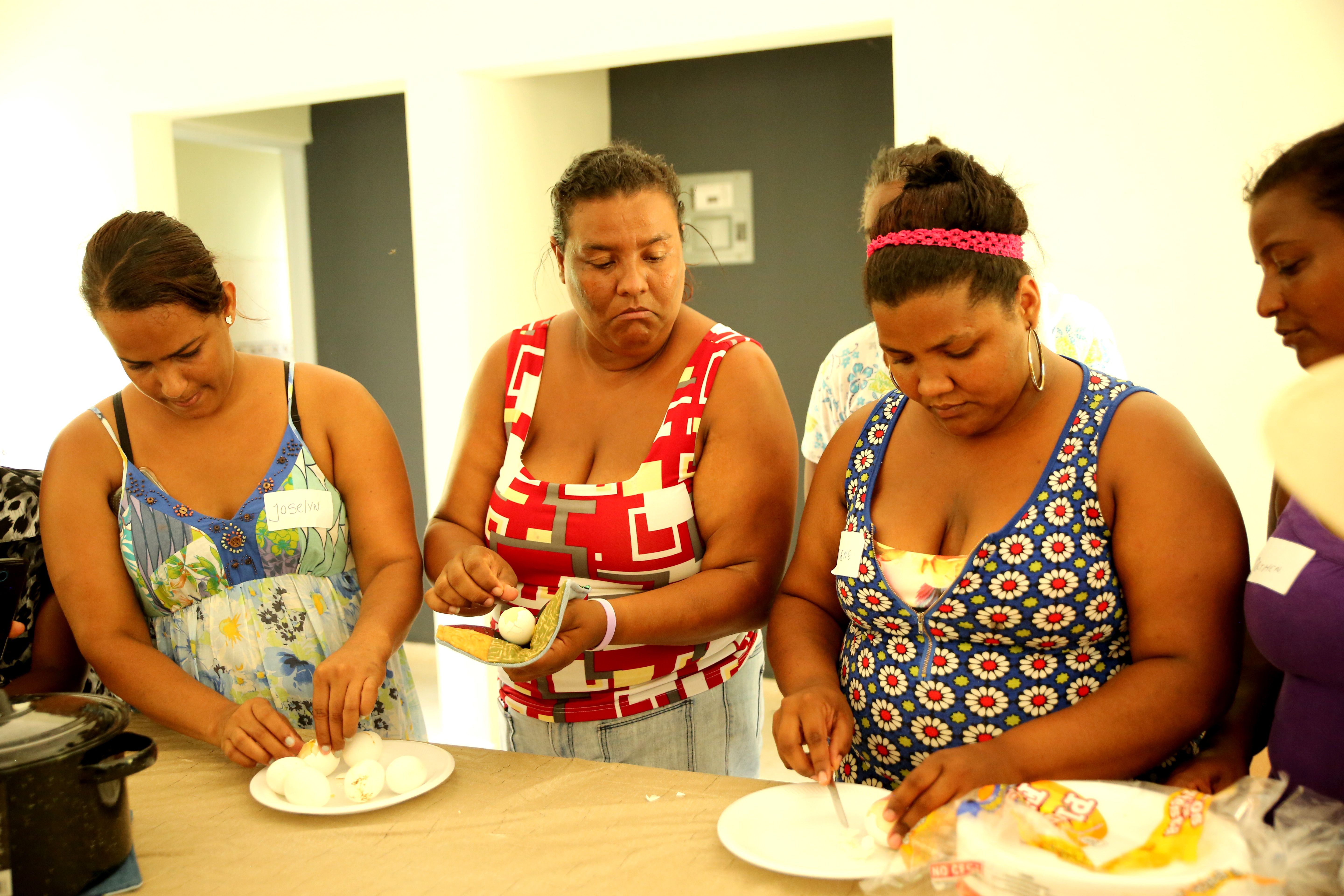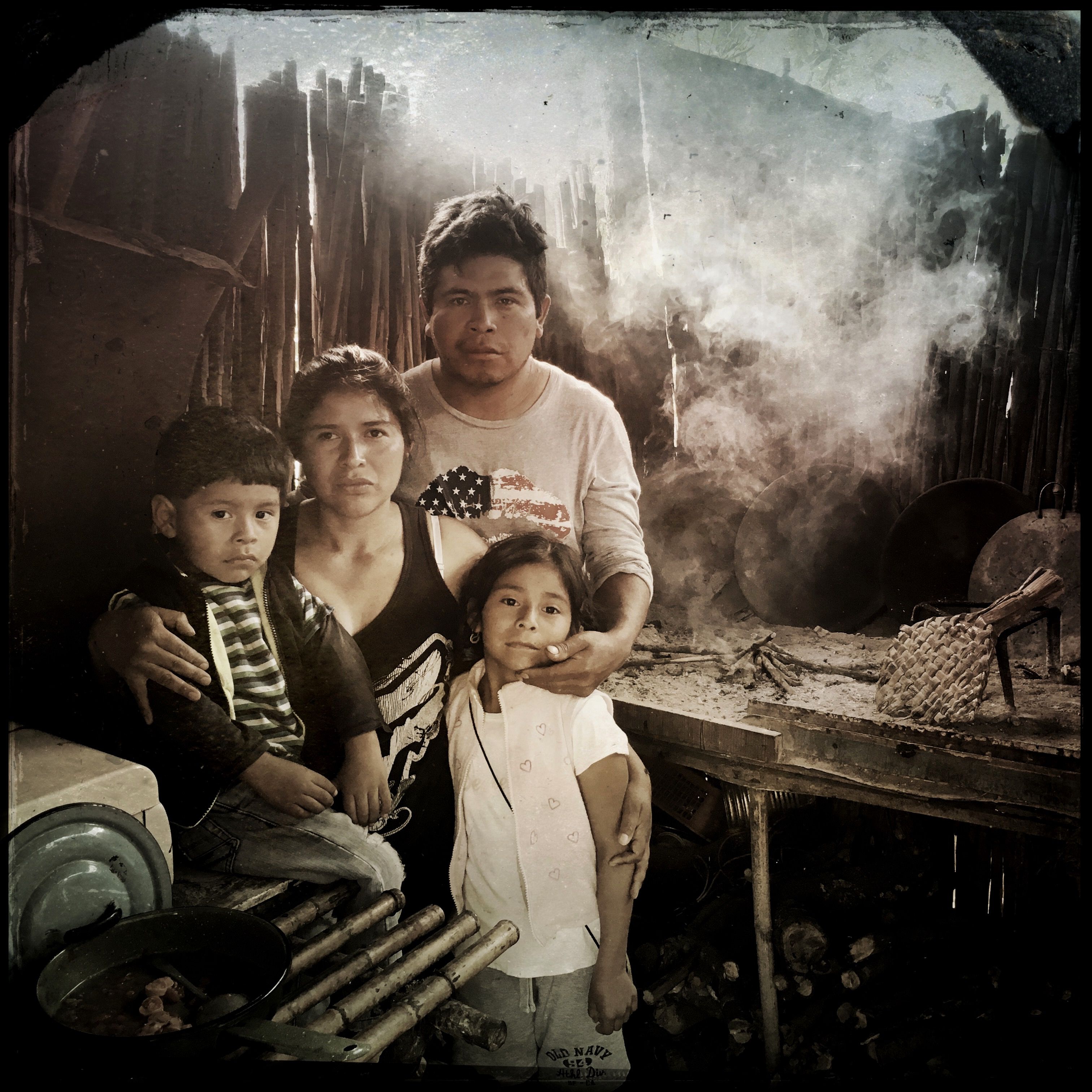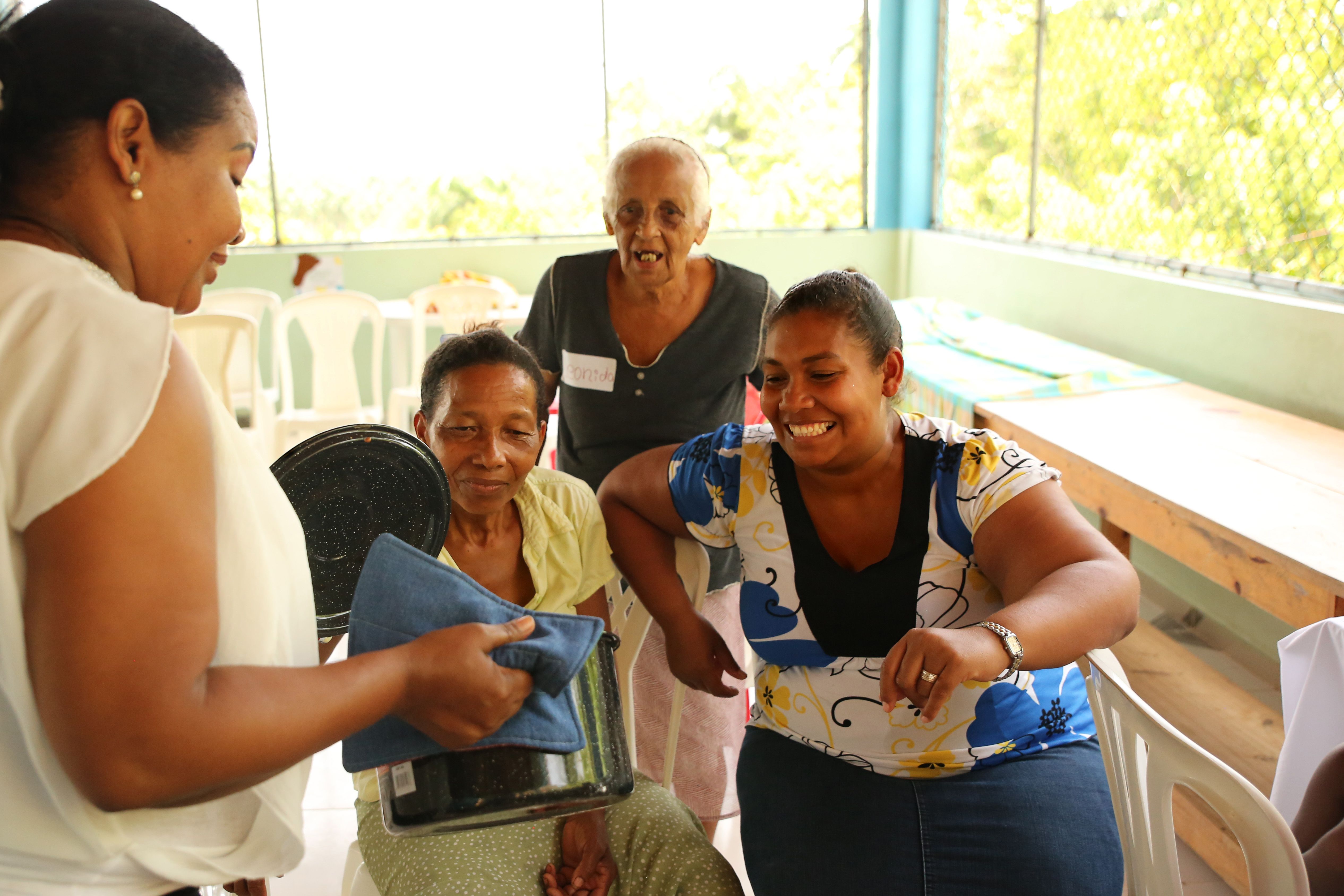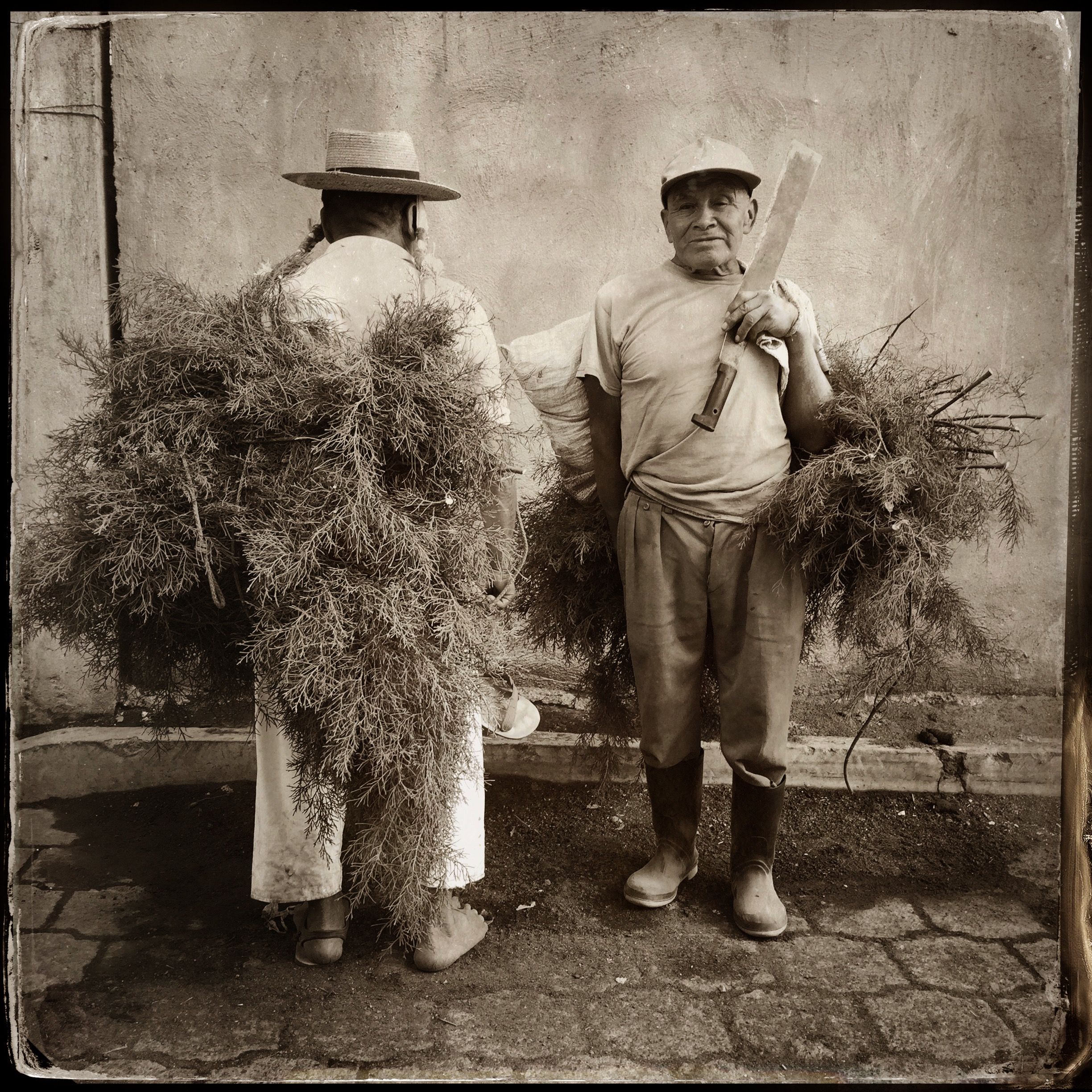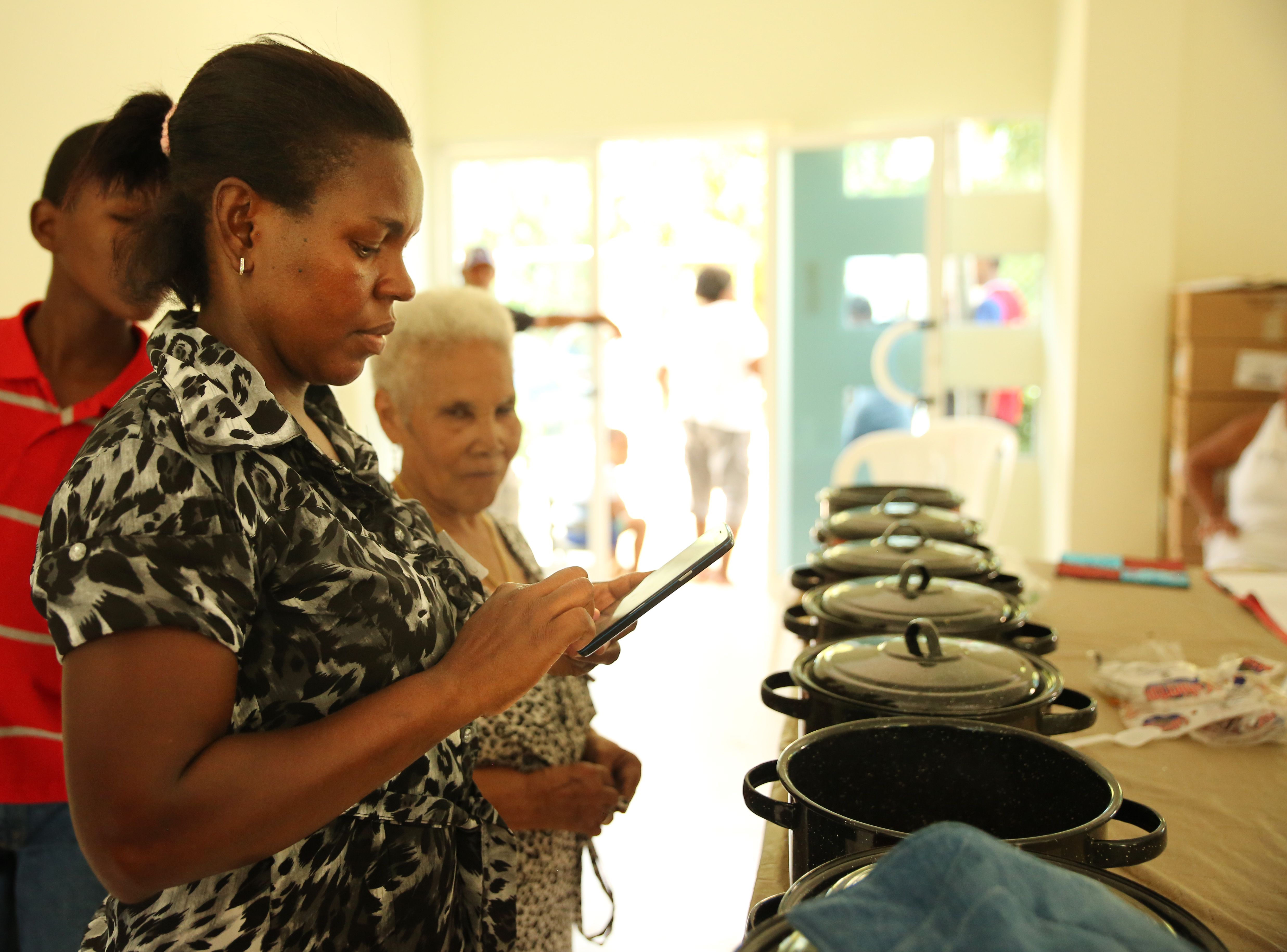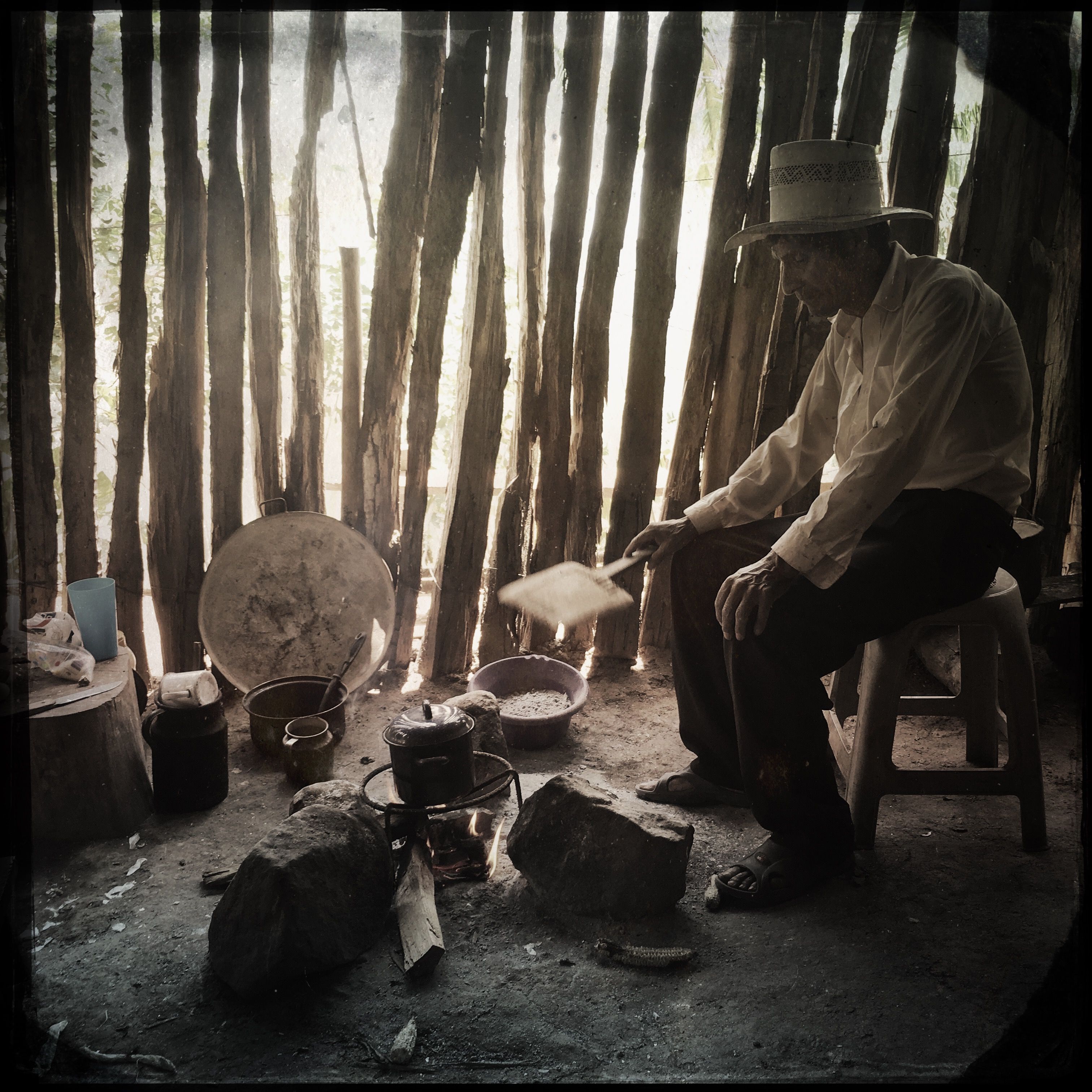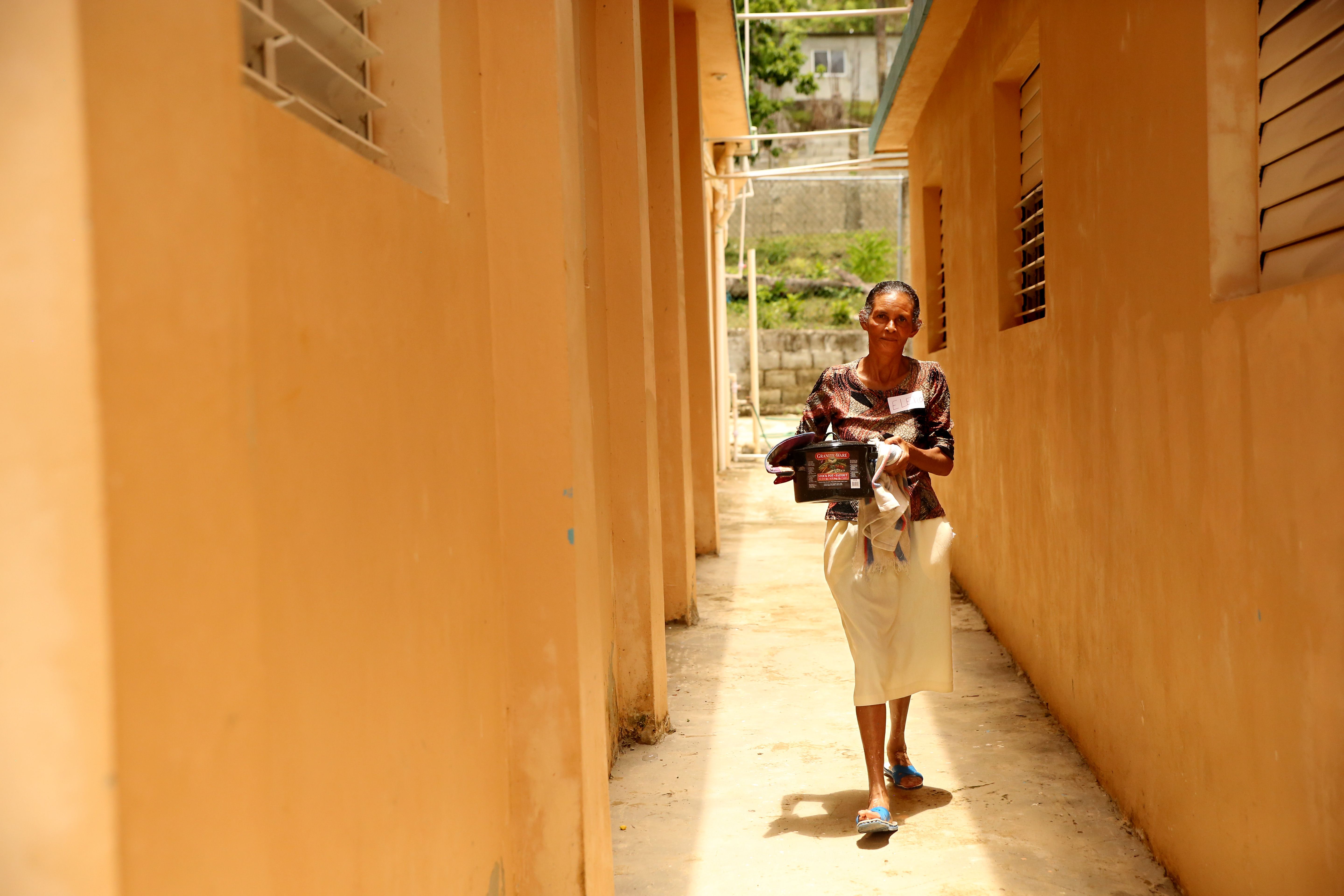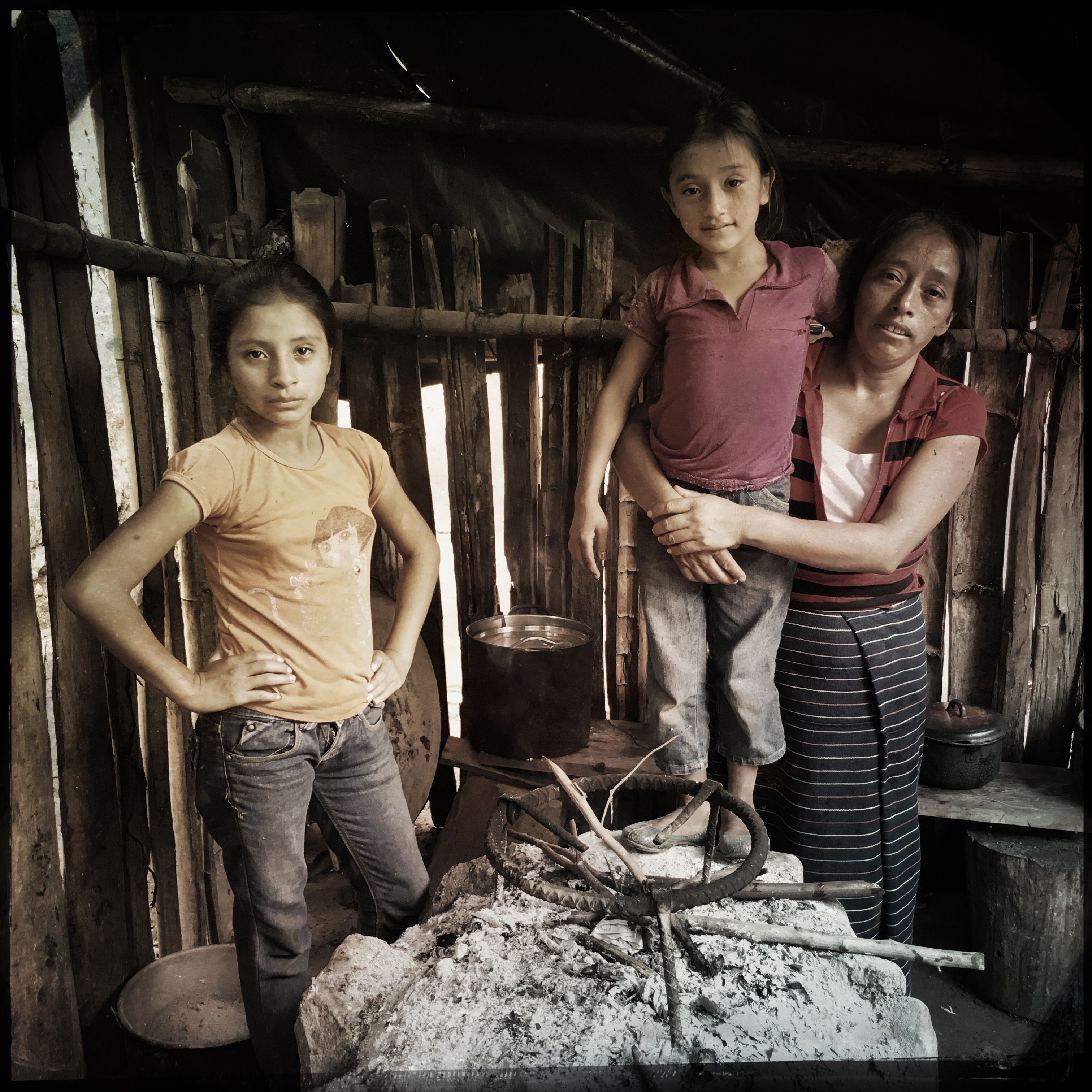Introduction:
What ways do you and your family cook food?
- Do you cook inside the house? Outside? Both?
- Do you use a stove? Oven? Grill?
- Does anyone’s family cook on an open fire? Is it indoors or outdoors?
According to the World Health Organization, “[a]round 3 billion people still cook and heat their homes using solid fuels (i.e. wood, crop wastes, charcoal, coal and dung) in open fires and leaky stoves. Most are poor, and live in low- and middle-income countries.”
The use of solid fuel open fires and leaky stoves causes an estimated 4.3 million premature deaths each year. Smoke kills more people than TB, HIV/AIDS and malaria combined. Open fires also cause 11 million burns and 200,000 deaths from burn injuries each year as well as other injuries and poisonings from ingesting fuel.
In addition, fuel gathering takes time for women and children, limiting their ability to work or go to school. What's more, the byproducts of inefficient stove combustion are significant climate change pollutants.
Today you are going to learn more about the danger of open fires and leaky stoves and possible solutions to the problem.
Reading and Discussion:
1. Read all of the stories in the Resource section. Make sure you look at all the pictures, videos, and graphics.
2. What are the primary countries that the journalists cover in their reporting?
- Locate them on a map.
- What do these countries have in common? What are their differences?
- Who is using open fires and leaky stoves in these countries?
3. For each country, discuss:
- What are the problems associated with open fire cooking and inefficient stoves?
- Who is disproportionally affected by these problems?
- Do you think this is a problem that will resolve itself or are interventions and programs needed to create a change? Why?
- What are the advantages to switching cooking methods?
- Who is involved in decreasing the use of open fires and leaky stoves?
4. Make a table outlining each strategy to decrease usage and its advantages and disadvantages. Example:
| Advantage | Disadvantage | |
| Strategy 1 | ||
| Strategy 2 |
5. How do the journalists use words, images, and videos to present the issue of household air pollution and health?
6. How do they present statistics and data in their reporting?
7. Is it easier for you to understand the problem and why it needs to be addressed through the numbers or the stories?
8. Do think it is more effective to share statistics or stories if you want to teach people about the problem and encourage them to address it or develop solutions?
- Why do you think these techniques are effective?
Extension Activity:
1. Visit your local health department website or call the local health department to find out about common health problems in your area.
2. Do research to learn more about one issue and possible solutions.
- Are there already programs designed to address the health problem in your area?
- What are the successes and what are the challenges?
3. Create a presentation or project that tells people about the health issue and possible solutions.
- Think about the ways to effectively convey information to a general audience.
- If you want to use personal stories, you need to ask permission before interviewing, recording, or photographing a person. Make sure you let them know who you are, what you are doing, and that you might use the information they share in a presentation or project.
For more facts about household air pollution visit this World Health Organization fact sheet.
In the discussion, make sure students realize that there is no one best way to reach people. Some people respond to images, some to words, some to numbers, and some to video.
The extension activity can be done as a class, in groups, or individually. If you do not have a local health department, contact the regional health department or look at national data for your area.
Make sure that students obtain the permission of anyone they interview and that the person knows that this information is for a class and will be shared. If you plan to post the presentation or project online, make sure the interviewee knows that and agrees to it.
